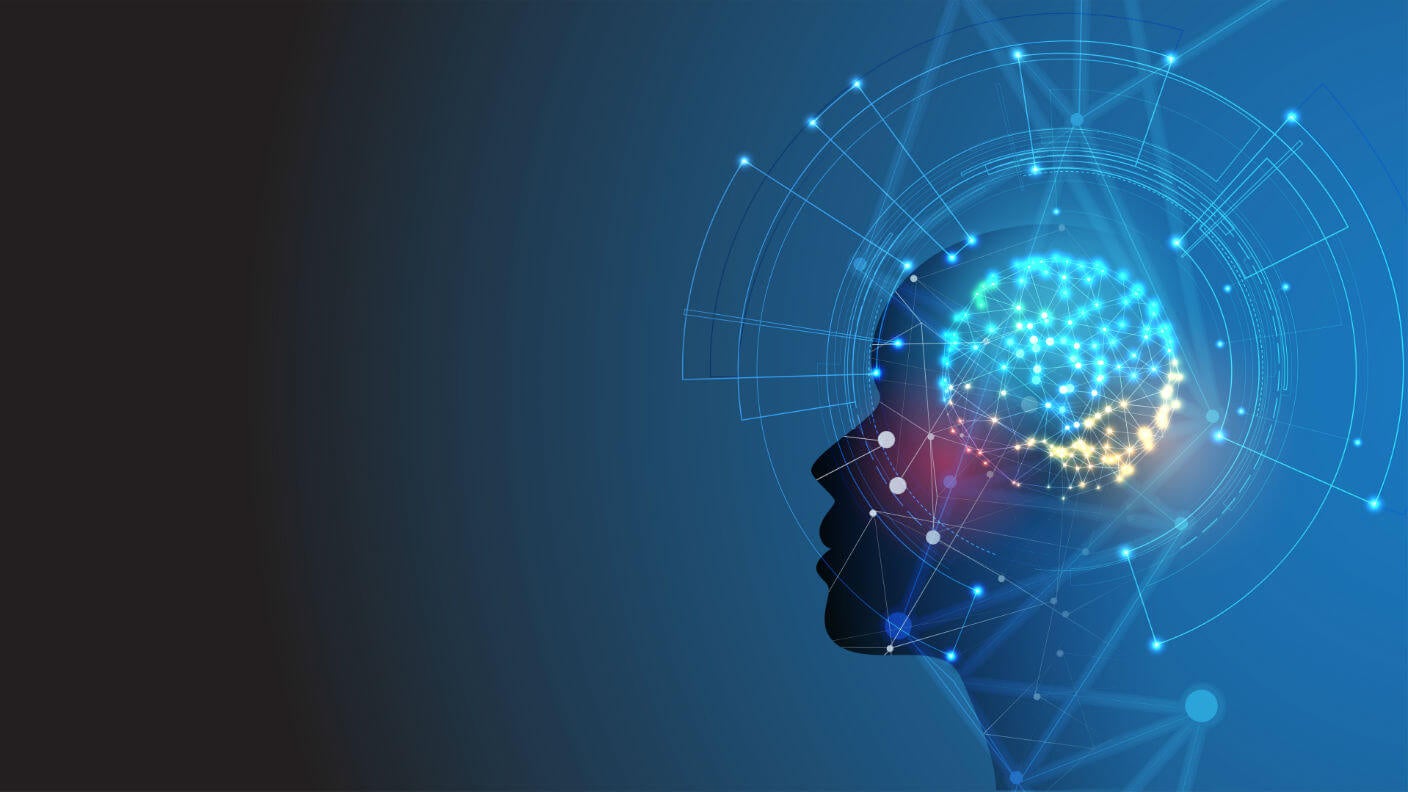
Photo from academic.microsoft.com
The new “eyes wide shut” illusion uses a standard enlarging (shaving or makeup) mirror. Close one eye and look at the closed eye in the mirror; the eye should take… Click to show full abstract
The new “eyes wide shut” illusion uses a standard enlarging (shaving or makeup) mirror. Close one eye and look at the closed eye in the mirror; the eye should take up most of the mirror. Switch eyes to see the other closed eye. Switch back-and-forth a few times, then open both eyes. You see an open eye. Which eye is it? To find out, close one eye. Whichever you close, that’s the eye you see. How can this be possible? The brain is fusing two images of the two eyes! The illusion depends on (a) binocular fusion: The brain combines two images to a single percept; (b) symmetry: Mirrors don’t affect appearance of left–right symmetric objects and the eyes are sufficiently left–right symmetric for the brain to combine them. Why aren’t the lingering asymmetries sufficient to prevent fusion? (c) Only vision with scrutiny affords conscious access to scene details. Consistent with reverse hierarchy theory, vision at a glance grants conscious perception of the gist of the scene, integrating images of nonperfectly symmetric eyes.
Journal Title: Perception
Year Published: 2018
Link to full text (if available)
Share on Social Media: Sign Up to like & get
recommendations!